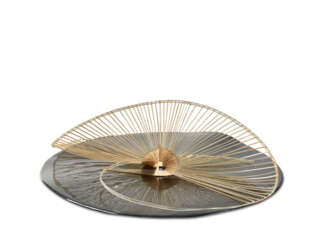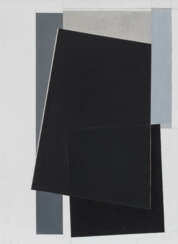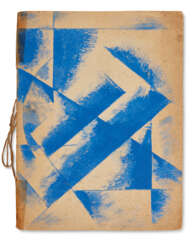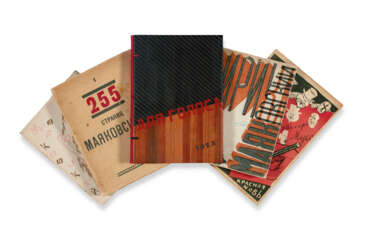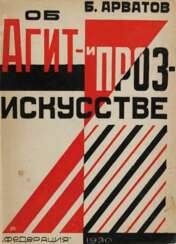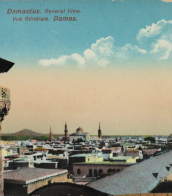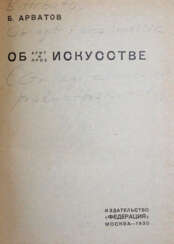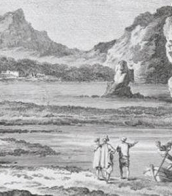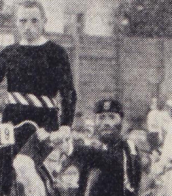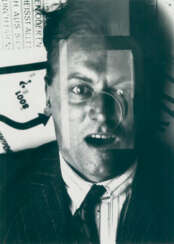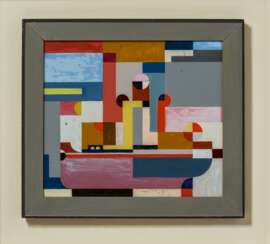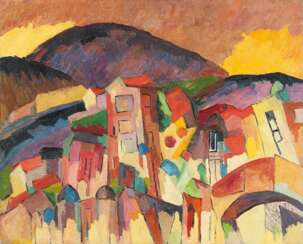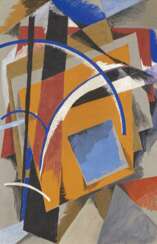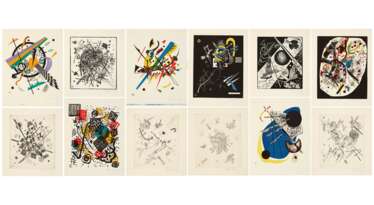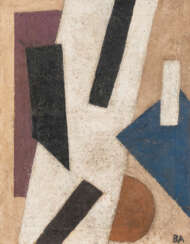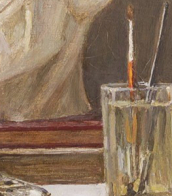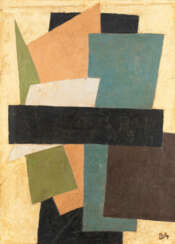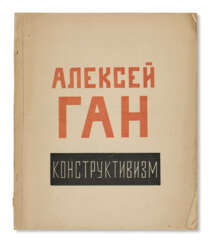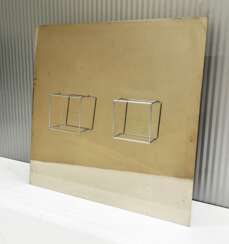constructivism

Ralf Winkler, alias A. R. Penck, was a German painter, printmaker, sculptor, and jazz drummer. A neo-expressionist, he became known for his visual style, reminiscent of the influence of primitive art.

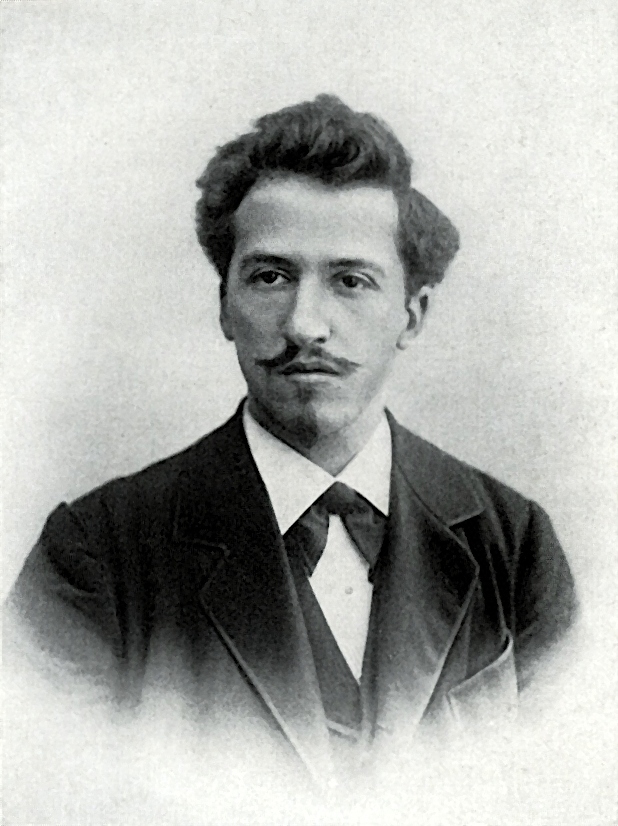
Pieter Cornelis Mondriaan, later known as Piet Mondrian, was a Dutch painter and art theoretician, whose transformation from figurative art to an abstract modernist style revolutionized the visual arts landscape of the 20th century. Born on March 7, 1872, in Amersfoort, Netherlands, and passing away on February 1, 1944, in New York, Mondrian's journey in art began in a devoutly Calvinist home where both art and music were encouraged. His early works were influenced by his surroundings, featuring landscapes in an Impressionist manner, but it was his shift to Paris in 1911 that marked the beginning of his profound evolution towards abstraction.
Mondrian co-founded the De Stijl art movement, aiming to achieve a universal aesthetic through the simplification of visual elements to their essentials: straight lines, right angles, primary colors, and the use of black, white, and gray. This reductionist approach, termed Neoplasticism, was Mondrian's contribution to creating 'universal beauty'. His philosophy extended beyond the canvas, influencing architecture, design, and fashion, encapsulating the modernist ideal and becoming synonymous with Modernism itself.
Some of Mondrian's notable works, such as "Composition with Red, Blue, and Yellow" and "Broadway Boogie Woogie", exemplify his revolutionary style, characterized by an economy of color and a rigorously abstract geometry that aimed to express the dynamic equilibrium of universal forces. These masterpieces, along with his theoretical writings, left a lasting impact on the course of abstract painting and several major art movements including Color Field painting, Abstract Expressionism, and Minimalism.
Mondrian's art is celebrated in museums and galleries worldwide, notably at the Gemeentemuseum Den Haag and the Museum of Modern Art in New York, where his evolution from figuration to geometric abstraction continues to inspire and captivate audiences. His commitment to exploring the spiritual in art through a radical simplification of form and color has cemented his legacy as one of the pioneers of 20th-century abstract art.
For collectors and experts in art and antiques, Mondrian's works represent not just significant artistic achievements but also pivotal moments in the history of modern art. His influence extends far beyond his own creations, shaping the development of modern aesthetics in numerous fields. If you're intrigued by Mondrian's vision of harmony and order through abstraction, we invite you to sign up for updates. This subscription will keep you informed about new product sales and auction events related to Mondrian's work, ensuring you stay connected to the ever-evolving world of art and design inspired by this iconic figure.

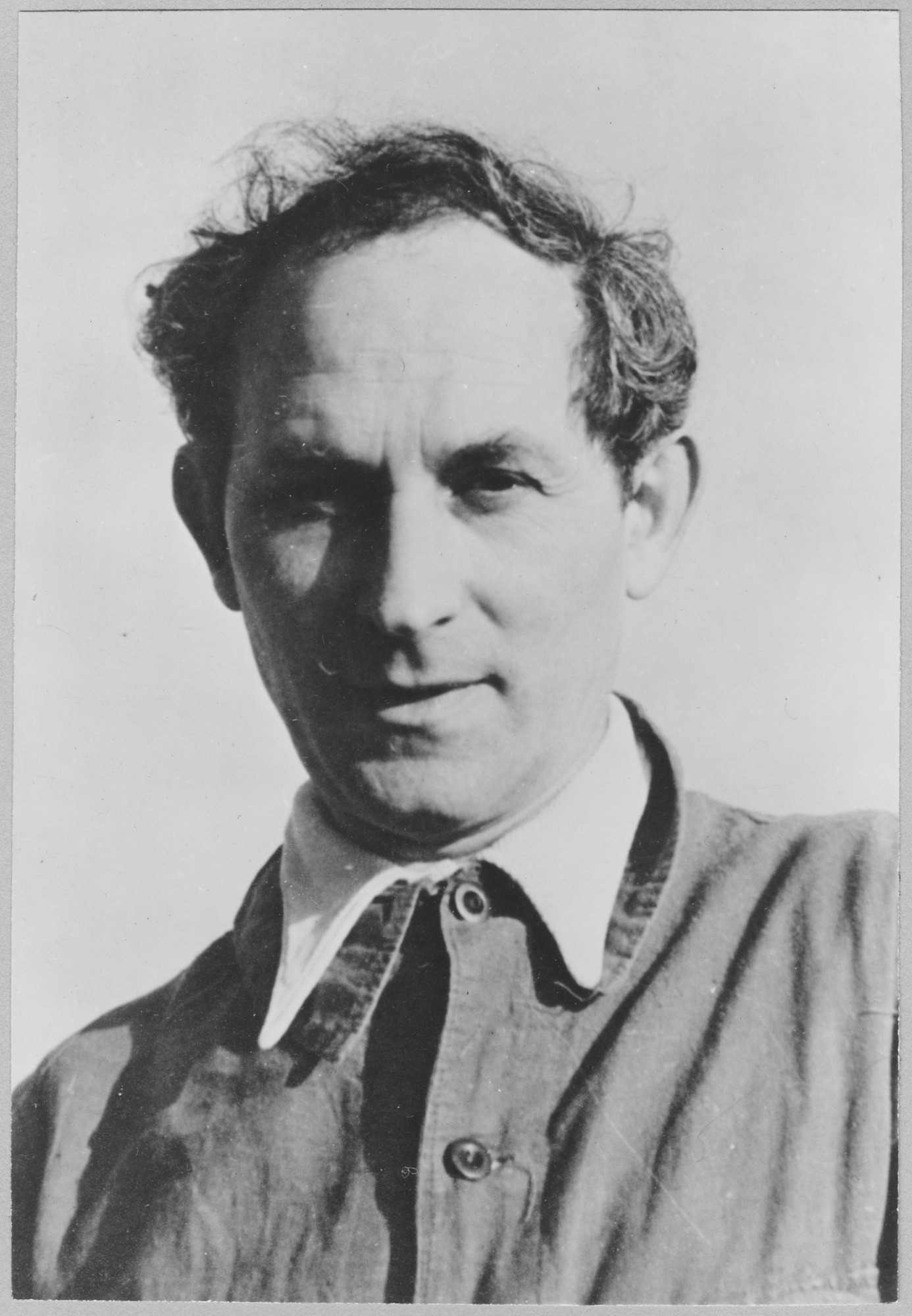
Naum Gabo, a pivotal figure in the evolution of twentieth-century sculpture, was a Russian-American artist renowned for his innovative approach to constructivism and kinetic art. Gabo's artistry transcended mere form to delve into the philosophical and spatial dynamics of sculpture, marking him as a pioneer in his field. He significantly influenced the avant-garde movements across Europe, particularly with his manifesto that challenged the concepts of Cubism and Futurism, advocating for art that embraced abstract reality and spiritual experience. His tenure at VKhUTEMAS, alongside notable contemporaries like Kandinsky and Rodchenko, was a testament to his influential role in post-Revolution Russian art.
Gabo's use of materials such as metal and glass was not just a stylistic choice but a profound exploration of volume and space without the reliance on mass, embodying the Constructivist ideology of functional art. His works, like "Column," showcased his interest in creating sculptures that resonated with intellectual and emotional appeal rather than just physical senses. This innovative approach to sculpture continued throughout his career, evident in his contributions to both the art and architectural domains, including his experimental architectural designs like the proposal for the Palace of the Soviets.
Throughout his life, Gabo's artistic journey was marked by a constant exploration of the interplay between space and time, evident in pieces such as "Spiral Theme" and his involvement in kinetic sculpture. His move across countries, from Russia to the United States, was reflective of his quest for new artistic contexts and his escape from political turmoil. Gabo's legacy is preserved in significant collections and museums worldwide, including the Museum of Modern Art (MoMA) in New York, where his works continue to inspire and captivate audiences.
For those intrigued by Naum Gabo's profound impact on modern sculpture and constructivism, signing up for updates can enrich your knowledge and keep you informed about upcoming sales and auction events featuring his work. This is an opportunity to explore the depths of Gabo's contributions to art and architecture, ensuring enthusiasts and collectors stay connected to his enduring legacy.

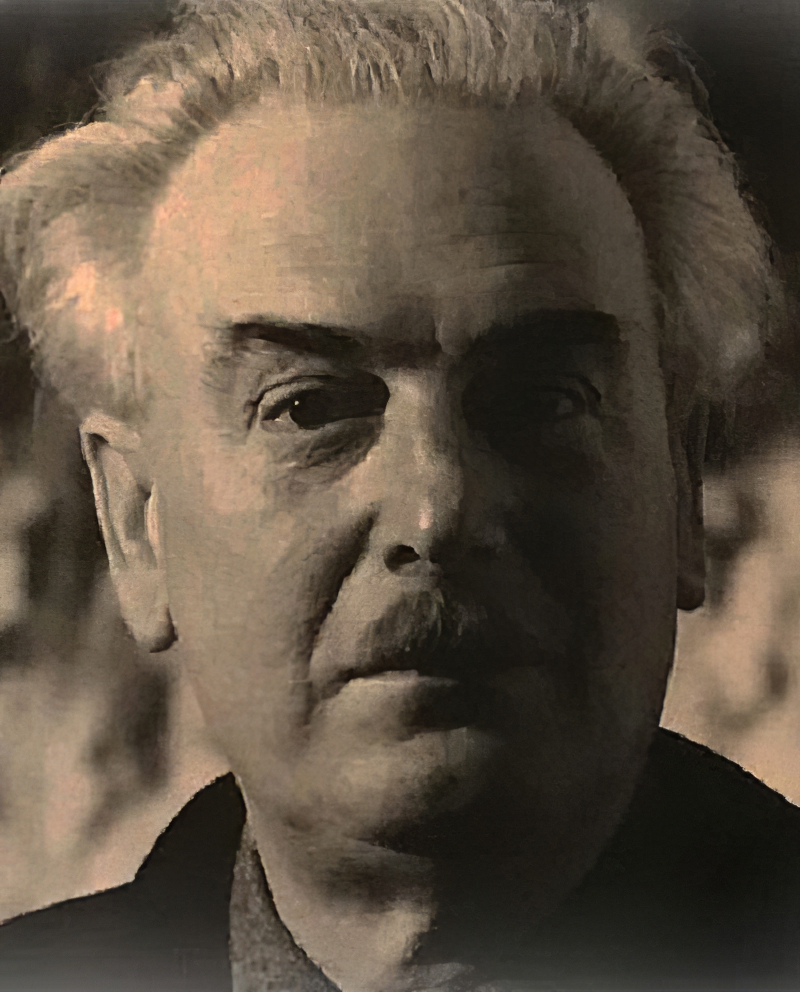
Heinrich Siepmann was a painter and belonged to the second generation of Constructivism.


Walter Dexel was a German painter, commercial graphic designer, and transportation planner. He also functioned as an art historian and directed a museum in Braunschweig during the Second World War.

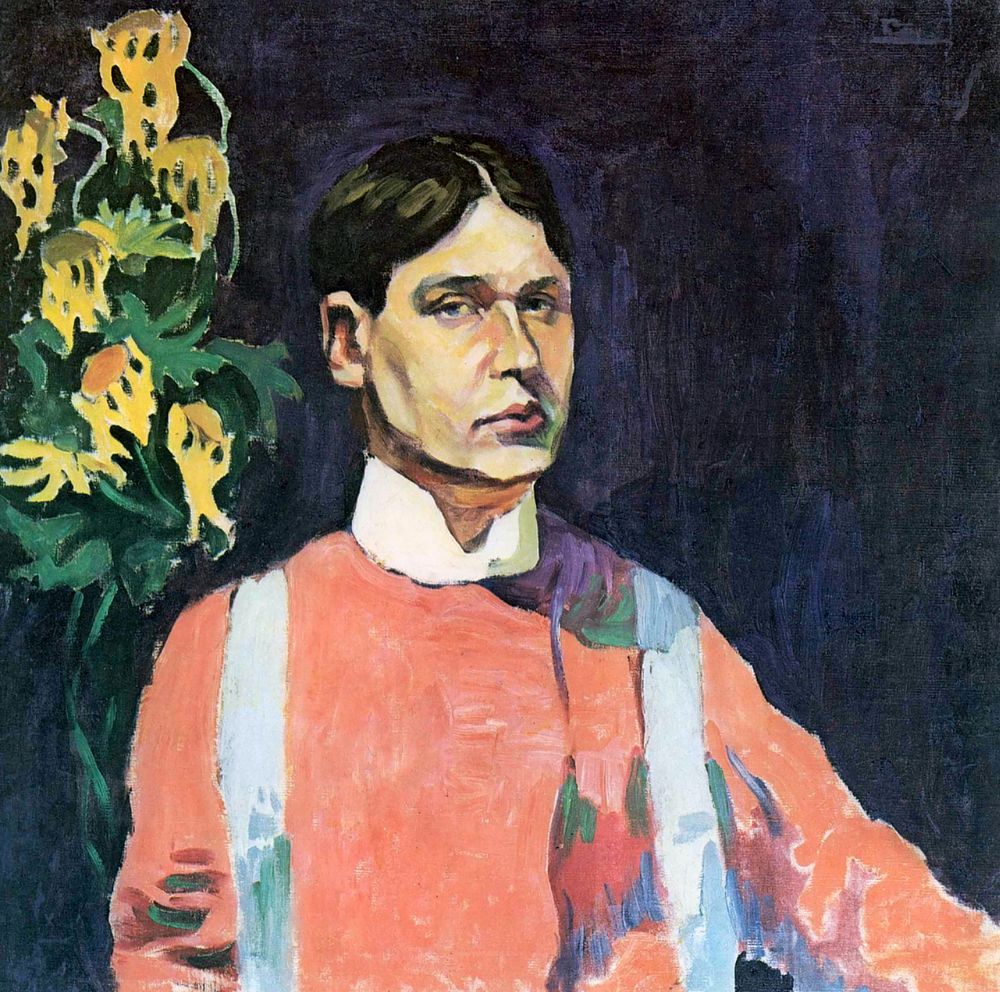
Aristarkh Vasilyevich Lentulov (Russian: Аристарх Васильевич Лентулов) was a prominent figure in Russian avant-garde art, celebrated for his distinctive use of color and innovative approach to Cubism. Born in Nizhneye Lomovo, Penza oblast, Russia, in 1882, Lentulov's early years were spent in a religious family, setting a foundation that would influence his rich and vibrant artistic style. His education at the art institutes in Penza and Kiev, followed by his studies under Dmitry Kardovsky in St. Petersburg, prepared Lentulov for a groundbreaking artistic career.
Lentulov's artistic journey took a significant turn when he moved to Paris in the winter of 1911. There, he was exposed to the works of leading French Cubists at the Académie de la Palette, including Henri Le Fauconnier. This period marked Lentulov's deep dive into Cubism and Orphism, influenced by his interactions with avant-garde artists such as Jean Metzinger, Albert Gleizes, and Fernand Léger. Upon his return to Russia, he became one of the founders of the Jack of Diamonds, a group that exhibited artists with "leftist tendencies" and embraced foreign, mostly French Cubists.
Lentulov's style uniquely combined the spatial concepts of Cubism with the vibrant colors of Fauvism, drawing on Russian folk art to create compositions that were both innovative and deeply rooted in Russian culture. His works, characterized by their luminous color and dynamic composition, played a significant role in the development of Russian Futurism and Cubo-Futurism. Notably, his involvement in theatrical projects, including set designs for the Kamerny Theatre and the Bolshoi Theatre, highlighted his versatility and creative genius.
Aristarkh Lentulov's legacy is preserved in his contributions to the avant-garde movement, and his works continue to be celebrated for their bold experimentation and vibrant expression. His paintings, such as "Saint Basil's Cathedral" and "The Belfry of Ivan the Great," are held in high esteem, showcasing his ability to capture the essence of Russian architecture and culture through a modernist lens.
Art enthusiasts and collectors recognize Lentulov as a pivotal figure in the evolution of modern Russian art. His innovative techniques and bold use of color have cemented his place in art history as a master of Russian avant-garde.
For updates on exhibitions and auction events featuring Aristarkh Vasilyevich Lentulov's work, sign up for our newsletter. Stay informed about the latest sales and opportunities to add a piece of Russian avant-garde history to your collection.

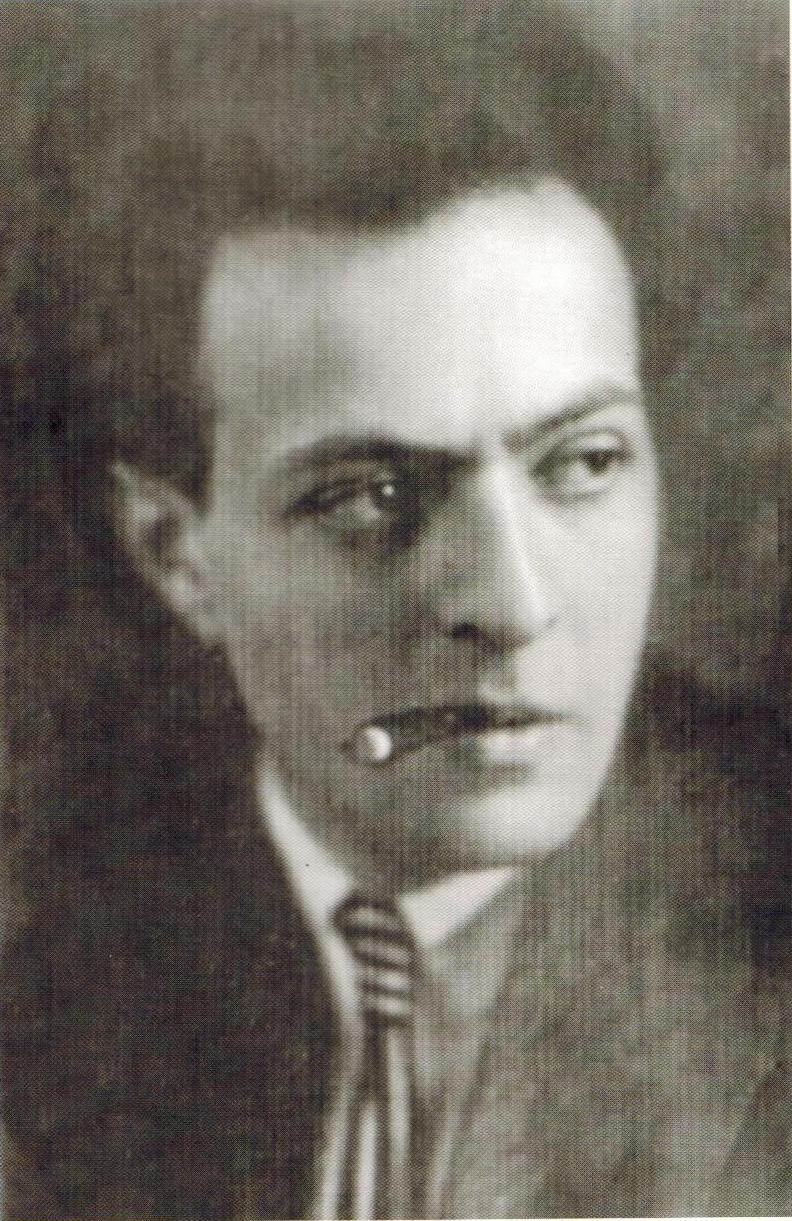
Ilya Grigorevich Chashnik (Russian: Илья Григорьевич Чашник) was a Russian Suprematist artist, known for his close association with Kazimir Malevich and as a pioneering member of the UNOVIS school. Born in 1902 in Lucyn, Russian Empire (now Ludza, Latvia), Chashnik's artistic journey began in Vitebsk, where he was deeply influenced by the avant-garde movements of the early 20th century. He studied at the Vitebsk Artistic-Practical Institute under Malevich and became one of his most faithful disciples, embracing Suprematism's focus on basic geometric forms and the use of a limited color palette.
Chashnik's work is characterized by his exploration of Suprematist principles across various forms of art, including painting, metalwork, and ceramics. His art is distinguished by a dynamic use of forms, often incorporating complex tonal relationships and achieving a sense of rhythm and symmetry. Notably, Chashnik applied these principles to the design of everyday objects, making significant contributions to porcelain design at the Lomonosov Porcelain Factory. His designs for the factory revealed his inventive approach, combining Suprematist aesthetics with practical applications.
Despite his untimely death in 1929 at the age of 27, Chashnik's legacy in the art world remains profound. His works are held in several prestigious collections, including the Thyssen-Bornemisza Museum in Madrid and the Museum of Modern Art (MoMA) in New York. These institutions recognize Chashnik not just for his artistic output but also for his significant role in the development of Suprematism and its application beyond traditional canvases.
For those interested in the intersection of avant-garde art and practical design, Ilya Chashnik's work offers a fascinating study. His ability to translate the visionary ideas of Suprematism into tangible objects marks him as a key figure in the movement's history. To stay updated on new insights and sales related to Ilya Grigorevich Chashnik's work, sign up for updates and don't miss out on the opportunity to explore the works of this groundbreaking artist.

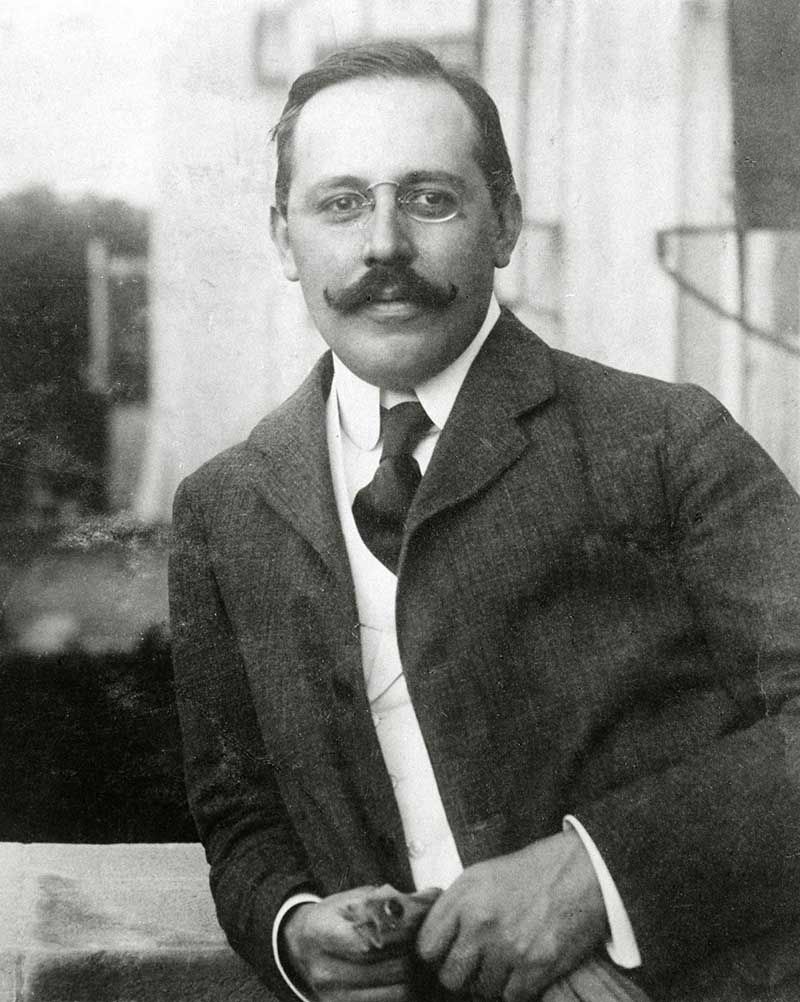
Josef Hoffmann, an Austrian architect and designer, is renowned for his influential contributions to early 20th-century design and architecture. As a founding member of the Vienna Secession and the Wiener Werkstätte, Josef Hoffmann's work is celebrated for its pioneering simplicity and functional elegance.
Josef Hoffmann's designs, which span furniture, decorative arts, and architecture, are distinguished by their minimalistic yet expressive style. His ability to blend aesthetics with functionality marked a significant departure from the ornate styles of the time, influencing modern design principles. Notable works include the Stoclet Palace in Brussels, a masterpiece that showcases his innovative approach to art and architecture.
His creations are preserved in prestigious museums worldwide, including the Museum of Modern Art (MoMA) and the Metropolitan Museum of Art, providing insight into his visionary approach to design. These institutions house collections of Hoffmann's furniture and decorative objects, reflecting his enduring impact on design and architecture.
For collectors and experts in art and antiques, Josef Hoffmann's work offers a study in the evolution of modern design. By subscribing to updates, enthusiasts can stay informed about exhibitions, sales, and academic research related to Josef Hoffmann, deepening their understanding of his contributions to the art and design world.
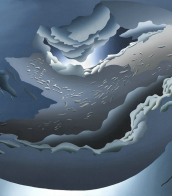

Josef Hoffmann, an Austrian architect and designer, is renowned for his influential contributions to early 20th-century design and architecture. As a founding member of the Vienna Secession and the Wiener Werkstätte, Josef Hoffmann's work is celebrated for its pioneering simplicity and functional elegance.
Josef Hoffmann's designs, which span furniture, decorative arts, and architecture, are distinguished by their minimalistic yet expressive style. His ability to blend aesthetics with functionality marked a significant departure from the ornate styles of the time, influencing modern design principles. Notable works include the Stoclet Palace in Brussels, a masterpiece that showcases his innovative approach to art and architecture.
His creations are preserved in prestigious museums worldwide, including the Museum of Modern Art (MoMA) and the Metropolitan Museum of Art, providing insight into his visionary approach to design. These institutions house collections of Hoffmann's furniture and decorative objects, reflecting his enduring impact on design and architecture.
For collectors and experts in art and antiques, Josef Hoffmann's work offers a study in the evolution of modern design. By subscribing to updates, enthusiasts can stay informed about exhibitions, sales, and academic research related to Josef Hoffmann, deepening their understanding of his contributions to the art and design world.

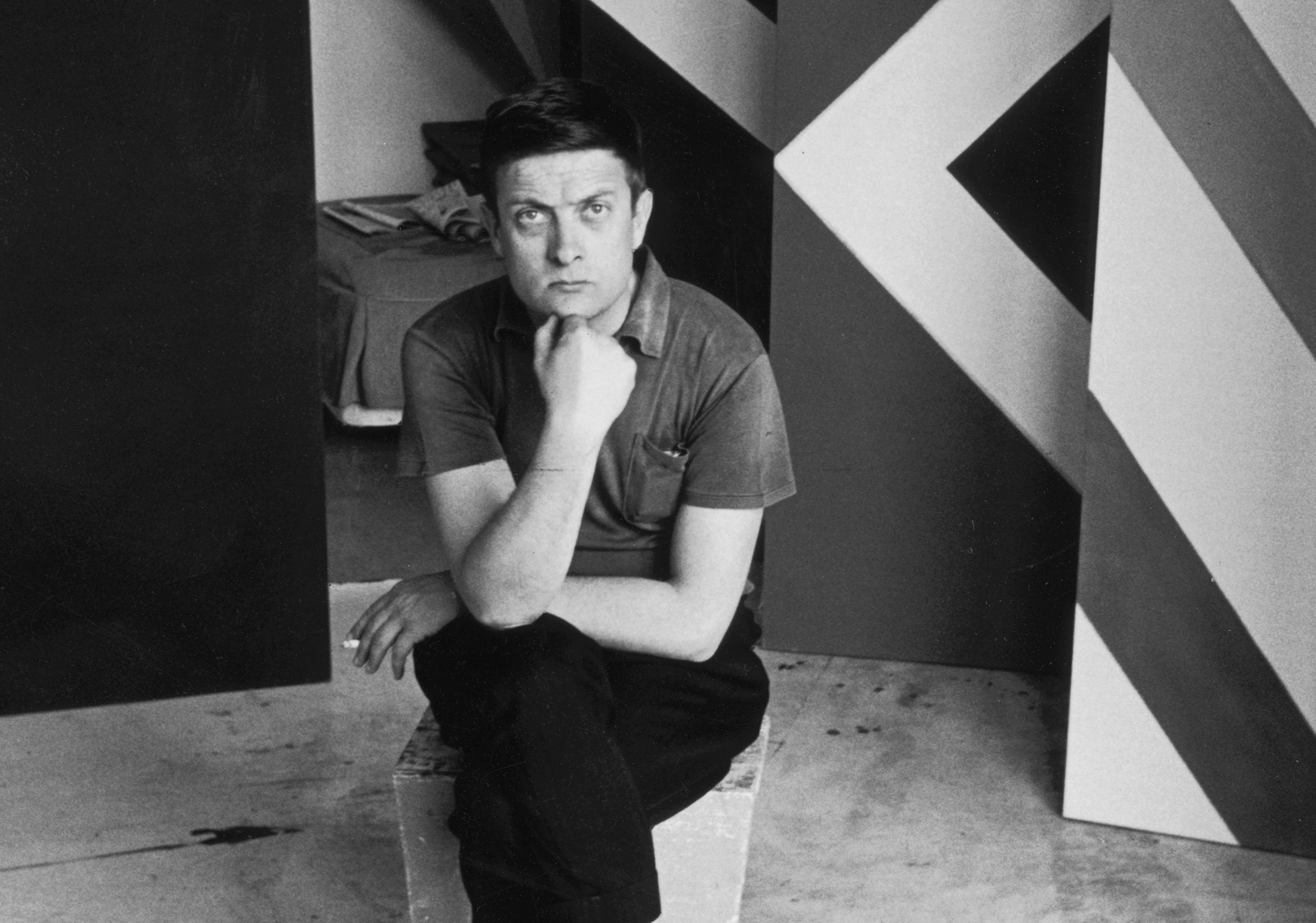
Kenneth Noland was an American painter, renowned for his pivotal role in the Color Field movement and his minimalist approach to art. Born in 1924, Noland's exploration of color and shape earned him a place among the most influential post-war American artists. His work is celebrated for its innovation in abstract painting, where he moved away from the gestural brushwork of Abstract Expressionism to a more structured, geometric form.
Noland's journey into the art world was nurtured by his "Sunday painter" father and propelled by his studies at Black Mountain College. There, luminaries like Josef Albers introduced him to the principles of color theory that became central to his practice. His iconic "Targets" series, featuring concentric circles on square canvases, showcased his fascination with the interaction of colors and their impact on the observer.
His pieces, often large-scale canvases, feature bold color blocks and striking patterns, which are housed in prestigious institutions worldwide, such as the Guggenheim Museum and the Tate. His chevron series, characterized by their V-like patterns, stand out as a testament to his minimalist yet powerful style, cementing his legacy in the realms of painting, art, and culture.
For collectors and art and antiques experts, Noland's works represent a transformative period in modern art, where simplicity and color spoke as loudly as the subject matter once did. His works are not just paintings; they are experiences crafted through the meticulous balance of form and hue.
If you're looking to stay informed on sales and auction events related to Kenneth Noland's transformative works, sign up for updates. Rest assured, our communications will focus solely on new product sales and auction events relevant to your interests.

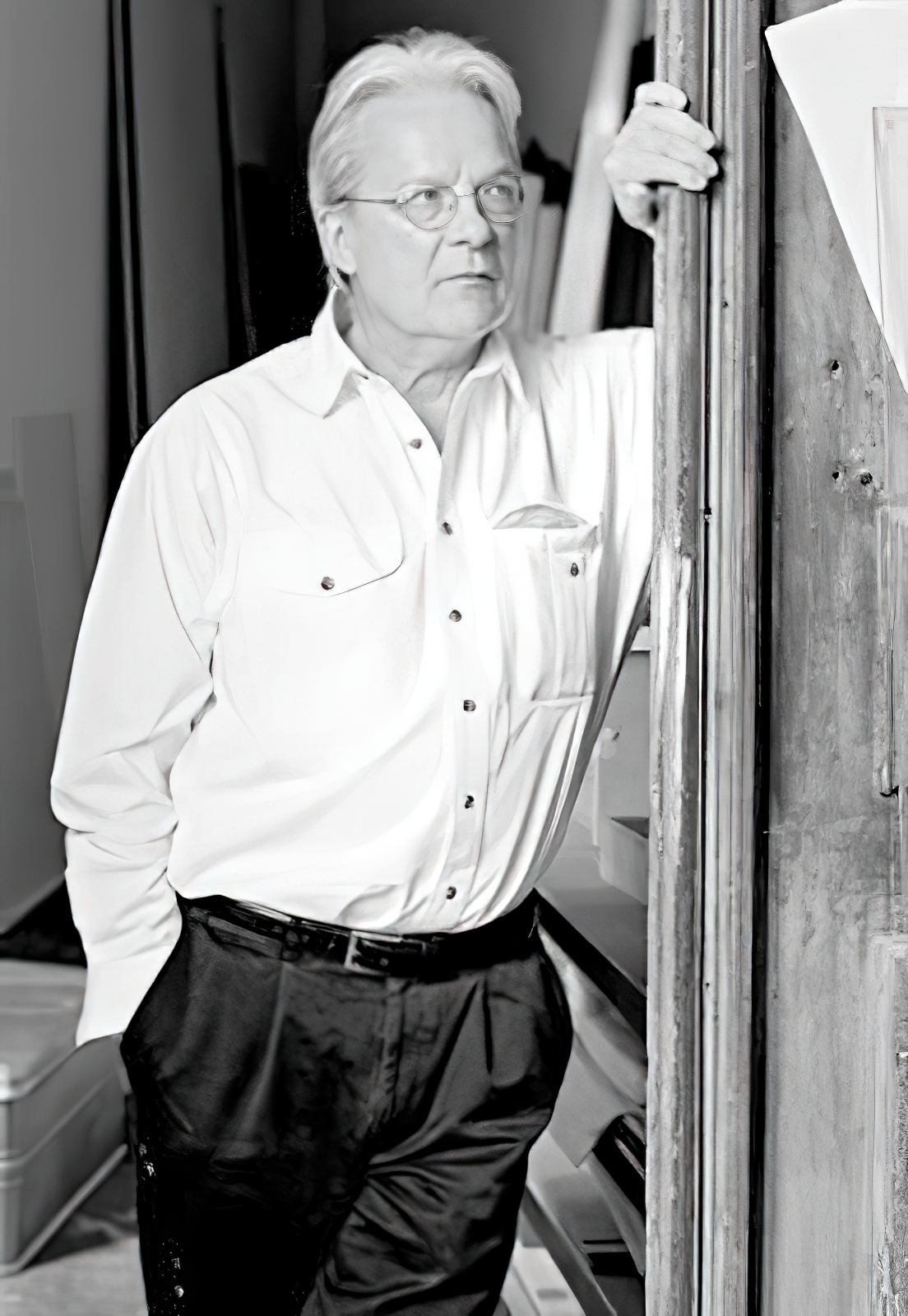
Imi Knoebel (born Klaus Wolf Knoebel) is a German artist. Knoebel is known for his minimalist, abstract painting and sculpture. The "Messerschnitt" or "knife cuts," are a recurring technique he employs, along with his regular use of the primary colors, red, yellow and blue. Knoebel lives and works in Düsseldorf.


Josef Hoffmann, an Austrian architect and designer, is renowned for his influential contributions to early 20th-century design and architecture. As a founding member of the Vienna Secession and the Wiener Werkstätte, Josef Hoffmann's work is celebrated for its pioneering simplicity and functional elegance.
Josef Hoffmann's designs, which span furniture, decorative arts, and architecture, are distinguished by their minimalistic yet expressive style. His ability to blend aesthetics with functionality marked a significant departure from the ornate styles of the time, influencing modern design principles. Notable works include the Stoclet Palace in Brussels, a masterpiece that showcases his innovative approach to art and architecture.
His creations are preserved in prestigious museums worldwide, including the Museum of Modern Art (MoMA) and the Metropolitan Museum of Art, providing insight into his visionary approach to design. These institutions house collections of Hoffmann's furniture and decorative objects, reflecting his enduring impact on design and architecture.
For collectors and experts in art and antiques, Josef Hoffmann's work offers a study in the evolution of modern design. By subscribing to updates, enthusiasts can stay informed about exhibitions, sales, and academic research related to Josef Hoffmann, deepening their understanding of his contributions to the art and design world.
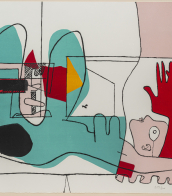

Josef Hoffmann, an Austrian architect and designer, is renowned for his influential contributions to early 20th-century design and architecture. As a founding member of the Vienna Secession and the Wiener Werkstätte, Josef Hoffmann's work is celebrated for its pioneering simplicity and functional elegance.
Josef Hoffmann's designs, which span furniture, decorative arts, and architecture, are distinguished by their minimalistic yet expressive style. His ability to blend aesthetics with functionality marked a significant departure from the ornate styles of the time, influencing modern design principles. Notable works include the Stoclet Palace in Brussels, a masterpiece that showcases his innovative approach to art and architecture.
His creations are preserved in prestigious museums worldwide, including the Museum of Modern Art (MoMA) and the Metropolitan Museum of Art, providing insight into his visionary approach to design. These institutions house collections of Hoffmann's furniture and decorative objects, reflecting his enduring impact on design and architecture.
For collectors and experts in art and antiques, Josef Hoffmann's work offers a study in the evolution of modern design. By subscribing to updates, enthusiasts can stay informed about exhibitions, sales, and academic research related to Josef Hoffmann, deepening their understanding of his contributions to the art and design world.


Wassily Wassilyevich Kandinsky (Russian: Василий Васильевич Кандинский) was a trailblazer in the art world, known for his pioneering role in the development of abstract art. Born in Moscow, Russia, in 1866, Kandinsky embarked on a journey that would take him from the study of law and economics to becoming one of the most influential artists of his time. His journey into the arts began at 30, a significant shift from a promising career in law to attending the Academy of Fine Arts in Munich. This decision marked the start of a profound exploration of color, form, and the spiritual in art.
Kandinsky's work is celebrated for its innovative use of color and abstract forms, with notable pieces such as "Composition VII" and "On White II" showcasing his ability to evoke emotional resonance through non-representational means. His art was not just about visual aesthetics but also aimed to touch the spiritual and emotional realms of the viewer. He often compared his method of painting to composing music, emphasizing the emotional power of abstract forms and colors. This philosophy was reflected in his theoretical writings, notably in "Concerning the Spiritual in Art," where he laid out his beliefs about the role of art and the artist in society.
Throughout his career, Kandinsky was involved with several avant-garde groups, including Der Blaue Reiter and Die Blaue Vier, collaborating with other influential artists of the time like Paul Klee and Alexej Jawlensky. After the Bauhaus school, where he taught, was closed by the Nazis, Kandinsky moved to France, where he spent the remainder of his life, continuing to evolve his style and contribute to the art world until his death in Neuilly-sur-Seine in 1944.
Kandinsky's legacy is not only in his artworks, which are held in esteemed collections worldwide, such as the Solomon R. Guggenheim Museum in New York, but also in his impact on the course of modern art. He opened up new possibilities for artists by demonstrating that art could venture beyond the representational and delve into the purely abstract, exploring the inner emotional and spiritual life through form and color.
For those captivated by Kandinsky's revolutionary approach to art and interested in the evolution of abstract expression, signing up for updates on new product sales and auction events related to Kandinsky's work is an excellent way to stay informed. This subscription service is tailored for collectors and art experts, ensuring you are the first to know about opportunities to acquire pieces by or related to this groundbreaking artist.

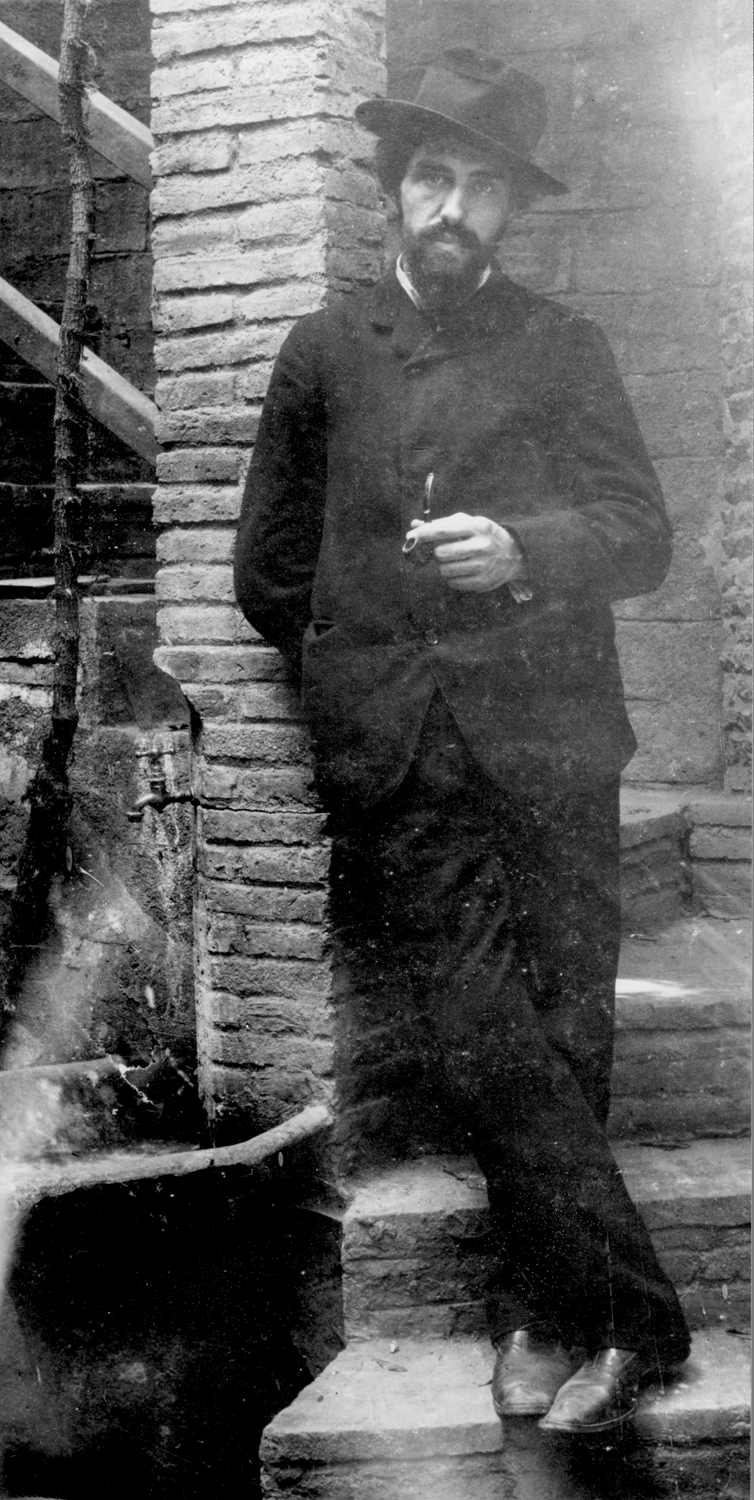
Joaquín Torres-García was a Uruguayan-Spanish artist.
His art is associated with archaic universal culture, including Mediterranean cultural traditions, Noucentisme, and modern classicism. Torres-García developed a unique style (first known as "Art Constructif") during the 1930s, while he lived in Paris. Arte Constructivo (Constructive Art), a school he opened in Madrid, became Universalismo Constructivo (Universal Constructivism, a treatise he published in South America while teaching in his workshops Asociación de Arte Constructivo and El Taller Torres-García). Torres-García's art combines classical and archaic traditions with 20th-century "-isms": Cubism, Dada, neo-plasticism, primitivism, surrealism, and abstraction.





